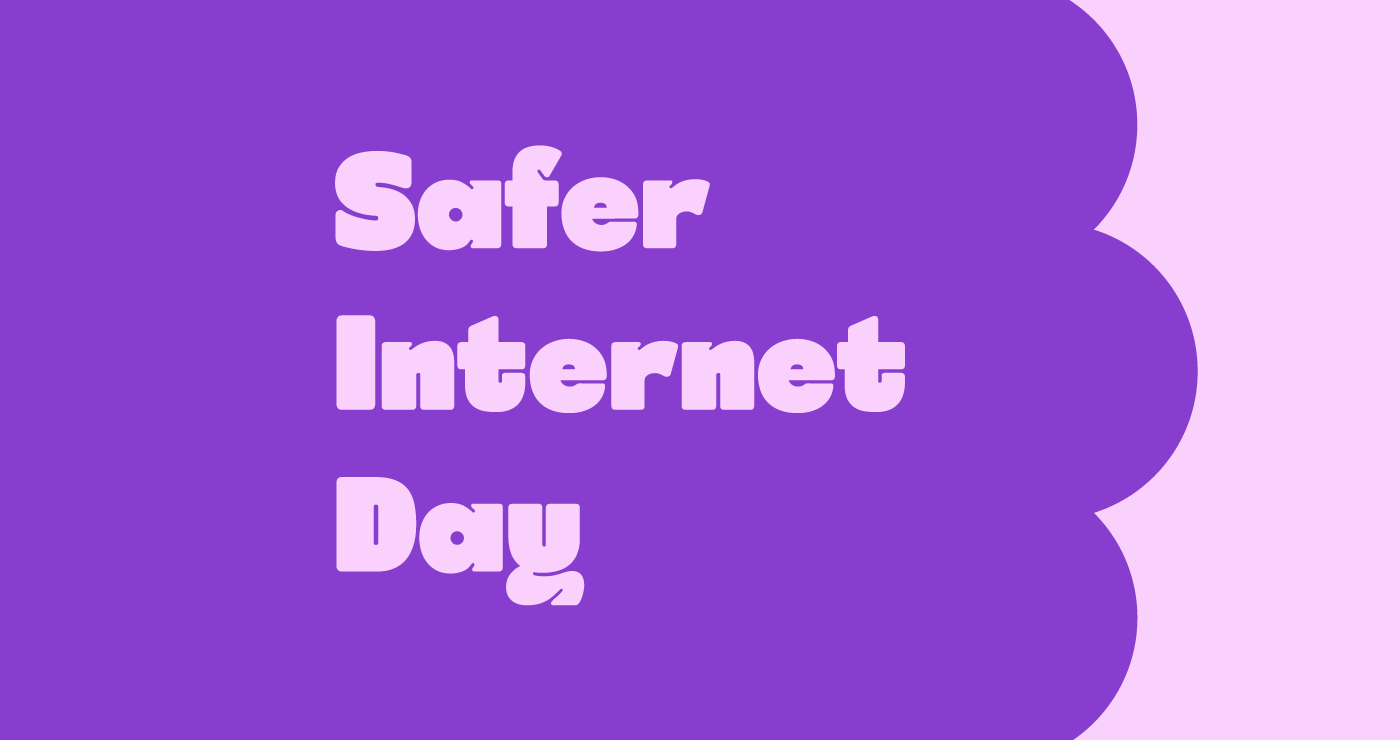Origin
Originally established as an initiative of the EU SafeBorders project in 2004, Safer Internet Day (SID) was taken up by the Insafe network as one of its earliest actions in 2005. Insafe is a European network of Safer Internet Centres (SICs). Every national Centre is focused on online safety, media literacy, and cyber security. They each work closely with young people and policymakers to ensure an evidence-based, multi-stakeholder approach to creating a better internet for kids.
Safer Internet Day has grown beyond the European Commission and is now celebrated in approximately 180 countries and territories worldwide. Supporters in 2021 included Facebook, Twitter, Google, Youthline, InsideOUT, Women’s Refuge, and many more government agencies, schools, and nonprofit organizations.
Safer Internet Day is coordinated in the US by ConnectSafely.org Their mission statement is:
“Safer Internet Day aims to not only create a safer internet but also a better internet, where everyone is empowered to use technology responsibly, respectfully, critically and creatively.”
Need
If you’ve read our blogs on Digital Citizenship, you’ll already be familiar with the necessity of teaching young people the value of online safety. Not only is practicing internet safety important for their own protection but to ensure that they utilize digital technology in a responsible manner. As educators, we also adopt the role of carers for young people as they become familiar with the digital world.
For better or for worse, social media is here to stay. There are no “good” or “bad” apps, but there are vast differences in young people’s online experiences, depending on how these digital technologies are used by them. Snapchat and Instagram are still extremely popular, but Tik-Tok has emerged as the clear winner of the never-ending battle for young people’s attention.
What can we do to keep things like cyberbullying, hate speech, and fake news from prevailing?
Centers for Disease Control reports that 15% of high school students were electronically bullied in 2017. Cyberbullying Research Center estimates about 25% of all teens experience cyberbullying. Whether you’re a caregiver or an educator, it’s worth investigating the available resources to help deal with this problem.
Remember, your students will grow into adults who manage and utilize the internet. Remind them of their responsibility to care for the online world and create a space of internet safety for their peers and those who come after.
“The internet is yours. No one person, government, or company owns it, and we all have a responsibility to make it better and safer for everyone.” – connectsafely.org
Goal
Each year, SID has a theme, to address specific issues associated with online safety. Safer Internet Day 2023’s theme is “Together for a Better Internet”. It’s about empowering young people to maximize their positive experiences online.
Many young people are confident that they know how to be safe online. However, there are a few reasons kids are often more at risk. They may not always think about the consequences of their actions, which can cause them to share too much information about themselves. Kids also are sometimes specifically targeted by cyberbullies or predators.
As an educator, you can help to keep your students safe by talking to them about their internet use, teaching them about online dangers, and encouraging them to learn everything they can about the Internet so they can make informed decisions.
From cyberbullying to social media literacy to cybersecurity to digital citizenship, each year Safer Internet Day aims to raise awareness of emerging issues in our increasingly digital world.
Participating
Obviously, saferinternetday.org is a good start! Since you’re (most likely) based in the US, try ConnectSafely.org. ConnectSafely has a ton of great resources and safety advice on their website to help educators run a SID event in class. All they ask is that you let them know what you plan to do and follow up with a report on how it went. You don’t have to give them a lot of detail, but maybe outline your basic plans and whether it’s OK for them to share those with others on our SaferInternetDay.us website.
Connectsafely has identified five key topic areas, including:
- Civility
- Media literacy & critical thinking
- Picking on peers (aka cyberbullying)
- Wellness, identity & self-respect
- Scams, predators & creeps
They have extensive materials and well-written blogs on how to teach young people about each of these topics. They also have parent guides here that include guides to Tik-Tok, Cyberbullying, parental controls, and heaps of others!
Use social media to spread the word about #SaferInternetDay and encourage others to participate. Get involved, and enable your students so they can play a part in creating an online world that is a safer place, where everyone is empowered to use technology responsibly, respectfully, critically, and creatively.
You may also like

Welcoming Book Creator to the Kami family

From ancient academies to AI-enabled classrooms



